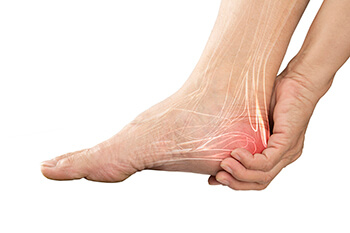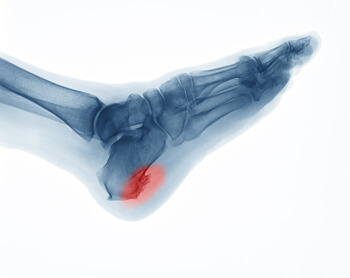
Maintaining the health of one’s feet is important for everyone, regardless of their age. However, it is especially important for senior citizens, who tend to lose their natural fat cushioning and muscle strength in the feet. There are a number of tips that seniors might consider following to look after the health of their feet. First, you could consider taking walks regularly. Although this may seem simple, walking is one of the easiest ways to strengthen and exercise the feet. Walking can give seniors the full range of motion in the feet needed to keep the feet strong and agile. As an added bonus, walking can additionally improve circulation to one’s feet, helping blood flow throughout the feet and lower legs. Second, you can regularly examine your feet. If a senior can identify any cuts, calluses, or other abnormalities early enough, they might be able to prevent a larger complication down the road. If a senior is unable to examine their own feet, a loved one or care provider might be able to perform these examinations. If you are a senior, don’t take the health of your feet for granted –see a podiatrist today.
Proper foot care is something many older adults forget to consider. If you have any concerns about your feet and ankles, contact Scott Samera, DPM from Samera / Foot + Ankle. Our doctor can provide the care you need to keep you pain-free and on your feet.
The Elderly and Their Feet
As we age we start to notice many changes in our body, but the elder population may not notice them right away. Medical conditions may prevent the elderly to take notice of their foot health right away. Poor vision is a lead contributor to not taking action for the elderly.
Common Conditions
- Neuropathy – can reduce feeling in the feet and can hide many life-threatening medical conditions.
- Reduced flexibility – prevents the ability of proper toenail trimming, and foot cleaning. If left untreated, it may lead to further medical issues.
- Foot sores – amongst the older population can be serious before they are discovered. Some of the problematic conditions they may face are:
- Gouging toenails affecting nearby toe
- Shoes that don’t fit properly
- Pressure sores
- Loss of circulation in legs & feet
- Edema & swelling of feet and ankles
Susceptible Infections
Diabetes and poor circulation can cause general loss of sensitivity over the years, turning a simple cut into a serious issue.
If you have any questions please feel free to contact our office located in Lake City and Branford, FL . We offer the newest diagnostic and treatment technologies for all your foot and ankle needs.









